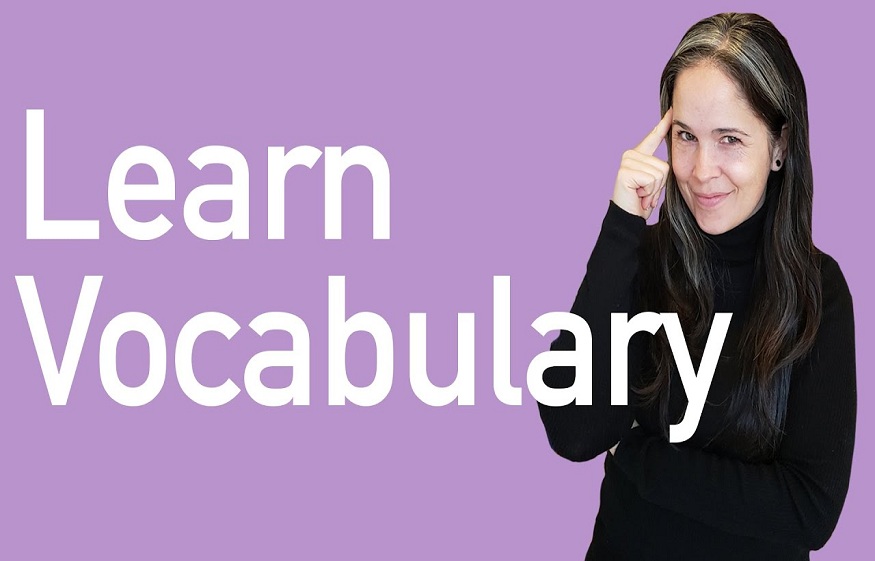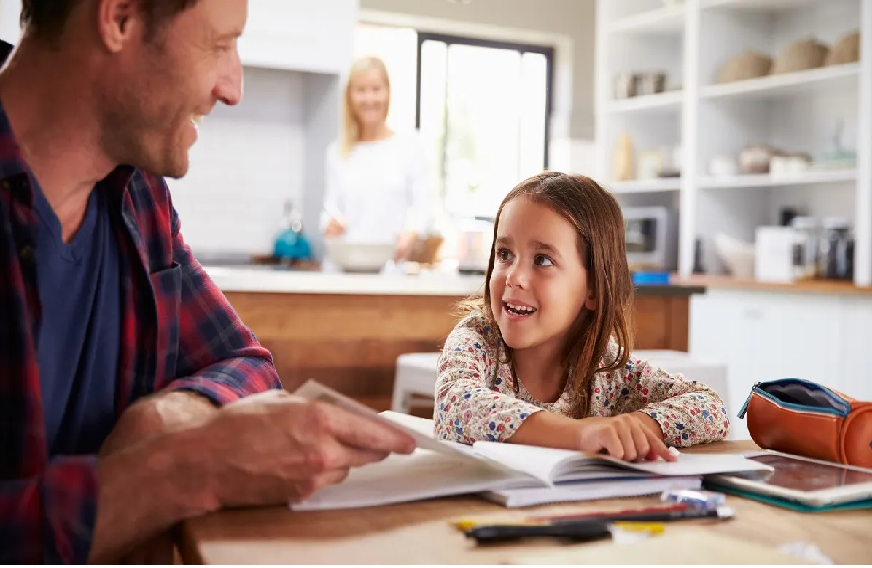From birth, they are immersed in a picturesque world full of discoveries, where everything is new and unknown. To get to know themselves and their surroundings and their universe, they need to feel confident and secure. By creating rich, stimulating and engaging environments for children to explore, we will ensure that they actively participate in their learning.
The Educational Curriculum is based on a vision that all children can reach their full potential with dignity, a sense of self-worth, a zest for life and learning. Achieving this ideal requires a holistic approach to early learning and child care, where all elements of the Educational Curriculum work in harmony. The Educational Curriculum promotes the dynamic, holistic and harmonious development of children by emphasizing nurturing relationships, stimulating environments and learning through play.
Building relationships with others
Relationships based on love and encouragement are essential to creating an environment conducive to healthy learning experiences for children. Positive relationships foster the feelings of security and trust that all children need to explore and experiment with confidence. Relationships occur at various levels and each contributes in their own way to the child’s learning experiences.
Relationships between families and educators
Relationships between children and educators The relationship that is forged between the children and the educators helps to establish a climate of predictability in the children’s lives and contributes to the attachment they develop to those who take care of them.
When educators listen to children and treat them with consideration and respect, a warm and loving relationship of trust ensues.
By being flexible in their planning, educators can address each child’s interests, strengths, and needs, which encourages children to be active participants in their own learning.Relationships between children
Relationships between children
When they get together, children begin to cultivate friendships that are essential for learning and development.
As children expand their range of social activities, parents and caregivers serve as facilitators to ensure that these relationships allow children to learn from each other. care educators
Relationships between educators
By discussing unique approaches and long-range planning initiatives, and by consulting each other on various situations, parents and educators have the opportunity to hear each other’s perspectives, which allows them to develop their skills.
The children involved benefit when the perspectives and thoughts of all those who contribute to their learning and growth are taken into account.
Living environments conducive to discovery
Environments are composed of social (people) and physical (places and objects) elements. If we want to create an environment that promotes and improves learning and well-being, it is essential to pay attention to the environment in which the child evolves. An optimal environment is one that promotes learning and development, that reflects the goals and values of those involved, and that engages children.
fun materials that promote learning through play and stimulate children to think creatively: sand, construction toys, craft supplies, books, writing materials, science and math exploration accessories, and household items ;
rich and positive opportunities for communication and socialization, as these are essential to establishing self-awareness and respect for others;
activities that provide a wide range of experiences, including indoor and outdoor activities, small and large group work, themed activities focusing on culture or seasons, and activities related to the child’s community;
Game Possibilities
When having fun, children take charge of their learning. Using their own ideas, they create, collaborate and find solutions to their problems. Environments and relationships that build trust while promoting positive and nurturing experiences are necessary for healthy personal development play.
A play pedagogy is considered a basic element throughout the Educational Curriculum. Play promotes growth in many ways, and each helps to increase children’s self-awareness and confidence, improve their quality of life, and help them understand the world around them.
When the environment is right, children will engage in games that allow them to explore. They will use their imagination to invent new situations, take on roles in the imaginary world, push boundaries and make discoveries that lead to new interpretations that they can apply to the real world.
As children develop their capacity for creative thinking, their interactions with others will become more complex, and then their ability and fluency in communication will increase.
Seeing and accepting the creativity of others helps children become respectful, appreciate diversity and develop a sense of democracy.
When playing, children examine the properties of objects. They organize them into categories according to color, size and shape; they experience cause and effect; and they enrich their vocabulary in order to be able to communicate their ideas about these objects.
They test their limits. Mentally, they test their ability to observe and discriminate. Physically, they discover their strength, speed and control over movement.
Children learn to collaborate with each other within a certain framework. They begin to recognize the rules of time, space and roles as they participate in teamwork and play respectfully with others.
They find creative solutions when faced with a practical problem.
Quirky game
Children delight in their ability to turn the mood of a group with their peppy laughter, bursts of energy and antics. These behaviors allow them to assess boundaries and establish a level of acceptability for their actions.
Educators recognize and embrace these “benefits” with some patience and seek to keep children safe while respecting their determination and desires.
Membership
Shared laughter and fun through play can increase a sense of belonging, which in turn promotes bonding, trust and a sense of cultural identity.





